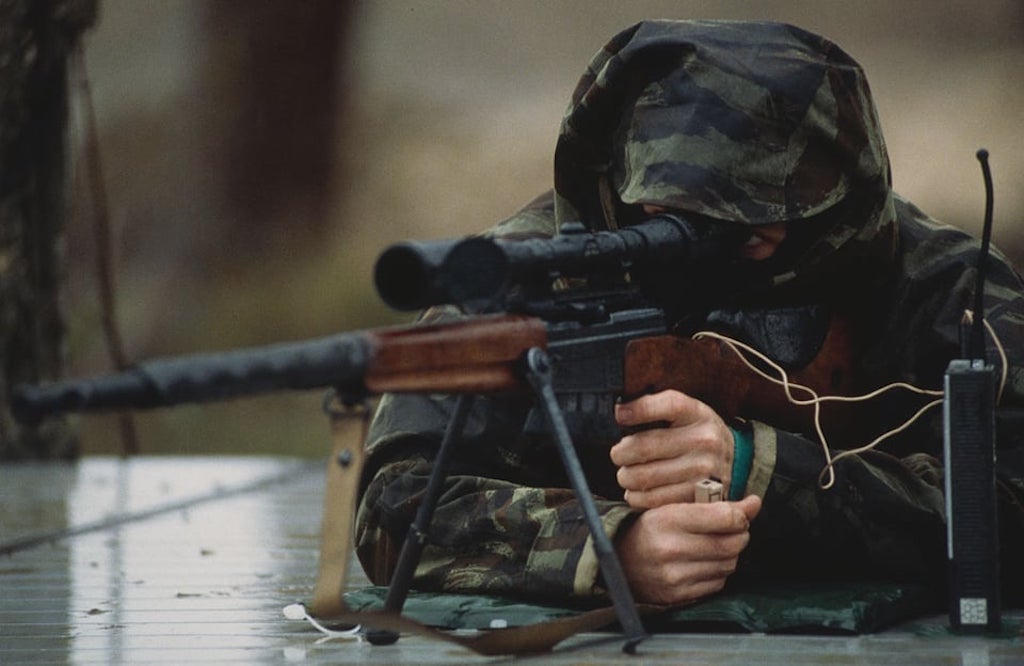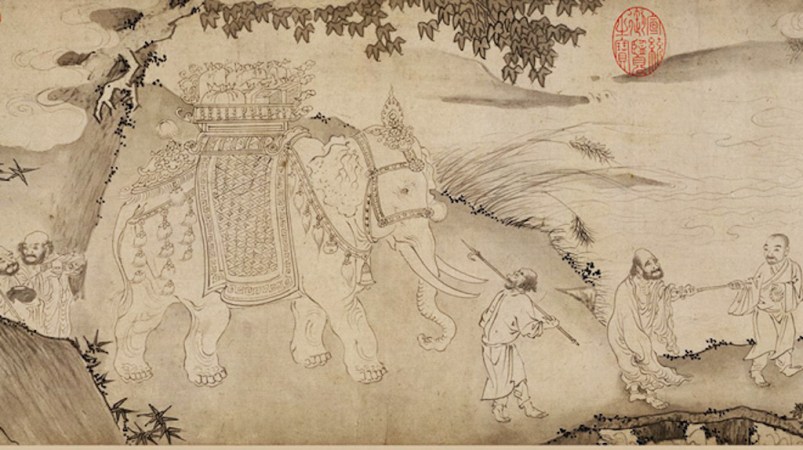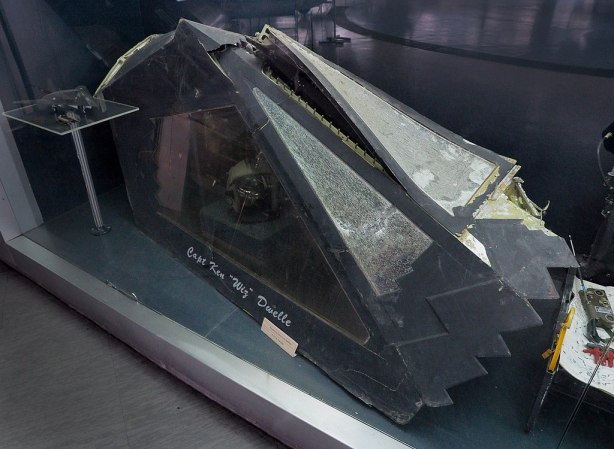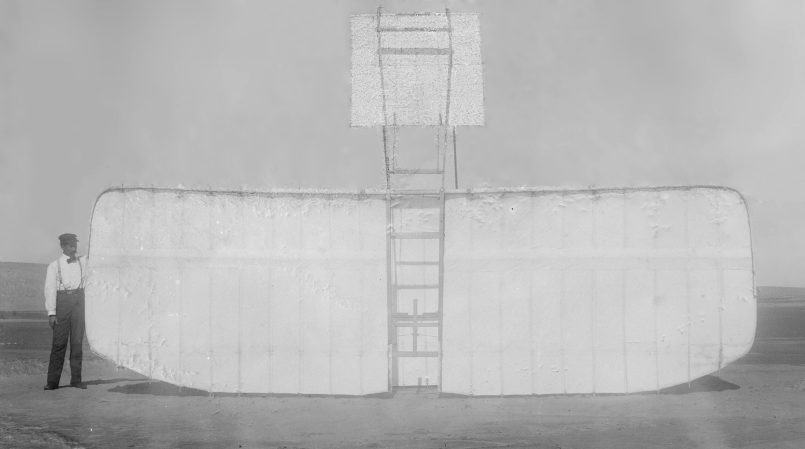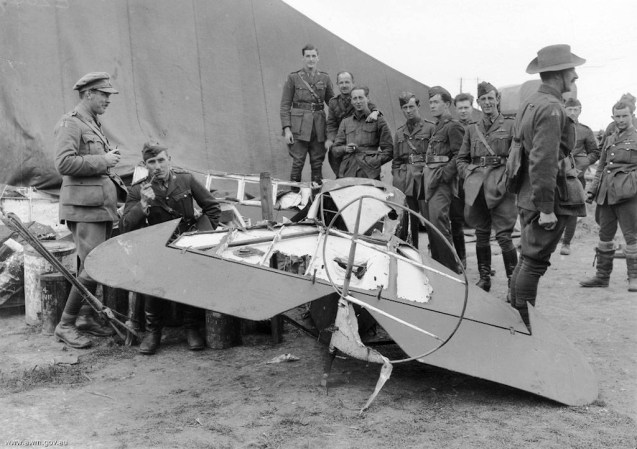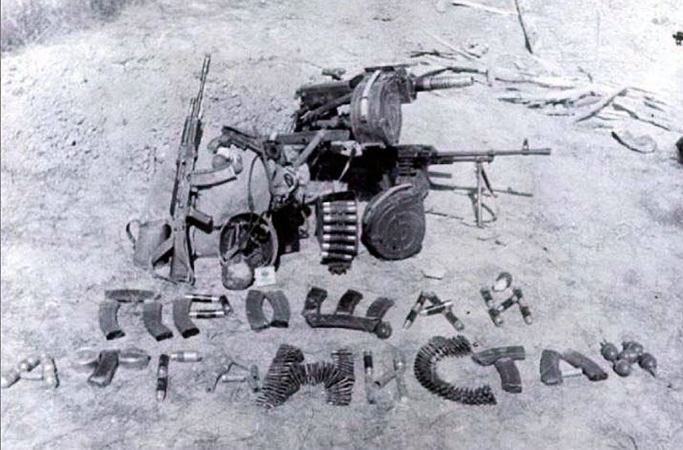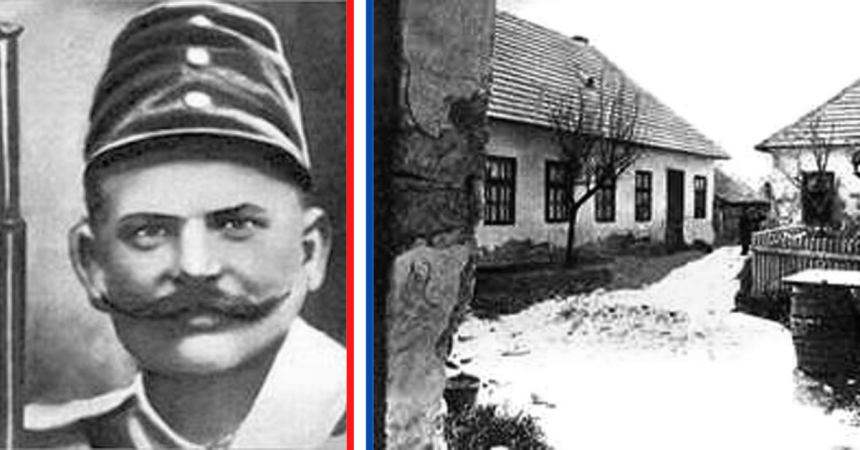In 2009, the rescue of Captain Phillips from Somali pirates made the synchronized shot a public sensation. The amount of training, discipline and coordination needed to pull off simultaneous shots to neutralize multiple threats at once is impressive to say the least. It has been featured in movies, TV shows and video games and has become synonymous with U.S. Special Forces. However, in reality, they learned it from the French.
The Groupe d’intervention de la Gendarmerie nationale, GIGN, is the elite tactical unit of the French National Police. They specialize in counterterrorism, dignitary protection and, of course, hostage rescue. In 1973, following the Munich Massacre at the 1972 Summer Olympics, the Équipe commando régionale d’intervention, ECRI, was formed as a small counterterrorism unit of skilled officers. The ECRI became operational in March 1974 under the command of then-lieutenant Christian Prouteau and conducted its first mission just 10 days later.

Along with the ECRI, the GIGN was formed under the Gendarmerie’s parachute squadron. The two units merged under Prouteau’s command as the GIGN in 1976. With this, the GIGN’s strength increased from 15 to 32 operators. That same year, the GIGN would prove itself with one of the most daring hostage rescue missions in history.
On the morning of February 3, 1976, a school bus in the French Territory of Afars and Issas, TFAI, was hijacked by four militants of the Somali Coast Liberation Front, FLCS. Sponsored by the new Somali government, their goal was to liberate the TFAI and integrate it into Somalia. The 31 students aboard the bus were children of French servicemen posted in the TFAI, perfect targets for the FLCS.

In control, the hijackers ordered the bus driver to drive to Loyada, the only border crossing between the TFAI and Somalia at the time. The bus blew threw a Gendarmerie checkpoint where the kidnappers fired on the police who gave chase. Arriving at Loyada, the bus was stopped by legionnaires of the 13th Foreign Legion Half-Brigade, a French Foreign Legion unit permanently stationed in the TFAI. Negotiations ensued until French officials gave the order to allow the bus through the checkpoint and park in the no man’s land between the borders, just a few dozen yards from the Somali checkpoint.
The GIGN was immediately alerted to the hostage situation and ordered to the TFAI, their first operation outside of France. A nine-man sniper team, led by Prouteau, arrived on the morning of February 4. Coordinating with the Foreign Legion who established positions on the French side of no man’s land, the GIGN snipers positioned about 90 yards in front of the legionnaires. Meanwhile, the hijackers were reinforced by Somali Army troops across the border .

The new and relatively unknown GIGN were not fully trusted by the Foreign Legion. Moreover, the operators arrived with long hair and civilian clothes. Prouteau himself wore glasses and was reportedly mocked by the Foreign Legion general for this. Regardless, the only viable rescue plan relied on the GIGN’s newly developed synchronized sniper shot to neutralize the four hijackers on the bus. This would allow legionnaires to assault the bus and establish defensive positions around it to hold off the Somali Army while the children were evacuated.
To execute the synchronized shot, the snipers counted off from left to right. In French, the first sniper would report, “One, ready,” if he had his target in sight. This would go down the firing line to ensure that all shooters were prepared to fire. If a sniper did not have a clean shot on his target, he would say so and the code would start over from the beginning. If all shooters reported ready, the commander would count, “Zero, zero, zero.” On the third count, all snipers would fire and take their targets out at the same time.

At 3:45pm on February 4, the GIGN snipers executed a perfect synchronized shot and killed all four kidnappers on the bus. However, the dismounted legionnaires who were supposed to advance the 300 yards across no man’s land to the school bus were slowed by Somali machine gun fire from across the border. Additionally, a fifth militant had stationed himself in the brush near the bus overnight. Running onto the bus as the fighting broke out, he fired a burst from his rifle that tragically killed one schoolgirl.
Seeing that the bulk of the Foreign Legion was pinned down, two GIGN operators ditched their precision rifles and charged the bus with their Manurhin MR 73 revolvers. The militant on the bus wounded a legionnaire who attempted to engage him and took a child as a human shield. After braving the machine gun fire that crisscrossed no man’s land, the GIGN operators reached the bus. One of them placed a well-aimed revolver shot into the militant’s neck, killing him.

The legionnaires and their armored vehicles eventually made it to the bus to provide cover while the children were evacuated. At 4:05pm, the fighting was over. In addition to the one girl who was killed by the fifth militant, five children were wounded during the engagement. Two of these children, a boy and girl, were seriously wounded and immediately evacuated to France. The girl died of her wounds on February 13 and, although the boy survived, he was left disfigured and died in 2014. One schoolboy was kidnapped by militants into Somalia and released three days later.
The bus driver, who was a French soldier, one legionnaire, and a female social assistant with the legionnaires who volunteered to join the children the day before were wounded during the fighting. 20 FLCS militants and Somali soldiers were wounded and seven militants were killed. Somali officials reported six of their soldiers were killed while the official French report lists just one Somali soldier killed. The 1976 Loyada hostage rescue mission validated the GIGN’s synchronized sniper shot which was later taught to other specialized units like Britain’s SAS and America’s Delta Force and SEAL Team Six. Prouteau’s unit also pioneered helicopter fast-roping which has been adopted by militaries and police around the world.
Feature Image: A GIGN sniper behind an FR F1 rifle (reddit.com/militaryarts)


